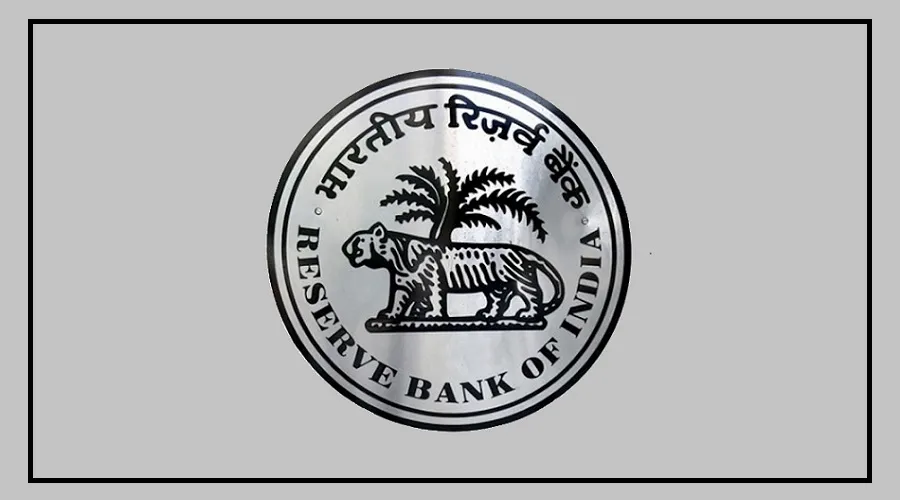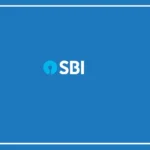The Reserve Bank of India (RBI) has announced the decisions made in its latest Monetary Policy Committee (MPC) meeting.
RBI Governor Sanjay Malhotra confirmed in a press conference held on August 6 that there will be no change in the repo rate, which remains at 5.5%. The policy stance has also been kept neutral, and all members of the MPC agreed on this decision.
Here are the 7 key highlights from the RBI’s latest MPC meeting:
1. Repo Rate Remains at 5.5%
The RBI has decided to keep the repo rate unchanged at 5.5%. The repo rate is the interest rate at which RBI lends to commercial banks. This affects loan EMIs and interest rates on home, auto, and other retail loans.
So far in 2025, the RBI has cut the repo rate by 100 basis points, including a major 50 bps cut in June. However, this time, with no change in the rate, loan EMIs are expected to stay the same.
2. Inflation Forecast for FY26 Reduced
The RBI has lowered its inflation forecast for FY26 (based on the Consumer Price Index or CPI) from 3.7% to 3.1%.
The governor explained that the drop in vegetable and food prices has helped control inflation. However, prices could rise again by the end of FY26.
Updated inflation projections for FY26:
September quarter: 2.1% (previously 3.7%)
December quarter: 3.1% (previously 3.9%)
March quarter: 4.4% (unchanged)
June quarter FY27: 4.9%
3. GDP Growth Forecast Kept at 6.5%
India’s GDP growth estimate for FY26 remains unchanged at 6.5%. The RBI said the economy is performing as expected, though some data from May-June showed mixed trends. Overall, domestic growth remains on track.
4. Small Investors Can Now Invest in T-Bills via SIP
In a move to encourage small savers, the RBI announced that individual investors can now invest in Treasury Bills (T-Bills) using a Systematic Investment Plan (SIP) on the Retail Direct platform.
This means you can now invest small amounts monthly in government securities, which are low-risk. It’s a great option for those looking to start investing safely and steadily.
5. RBI Monitoring Trump’s Trade Tariff Threat
The RBI said it is closely watching developments related to US President Donald Trump’s threat to impose a 25% tariff on Indian exports, and to take strict actions against oil imports from Russia.
These external pressures could affect India’s economy, and while the RBI is concerned, it said it will not rush into any policy decisions and will monitor the situation carefully.
6. Simpler Process for Settling Deceased Account Holders’ Bank Claims
The RBI will introduce a standardized process to make it easier for families to claim money from bank accounts and lockers of deceased persons. This new system aims to reduce delays and make the process more transparent and hassle-free for the legal heirs.
7. ₹3 Lakh Crore Liquidity Surplus in the System
RBI Governor Malhotra said that there is currently a daily liquidity surplus of ₹3 lakh crore in the financial system. This is significantly higher than the ₹1.6 lakh crore average seen in May-June.
The 100 basis point CRR cut made after the previous MPC meeting is also expected to further improve liquidity in the banking system.
These decisions show that the RBI is taking a balanced approach—keeping rates stable, supporting growth, and closely tracking inflation and global risks.

























